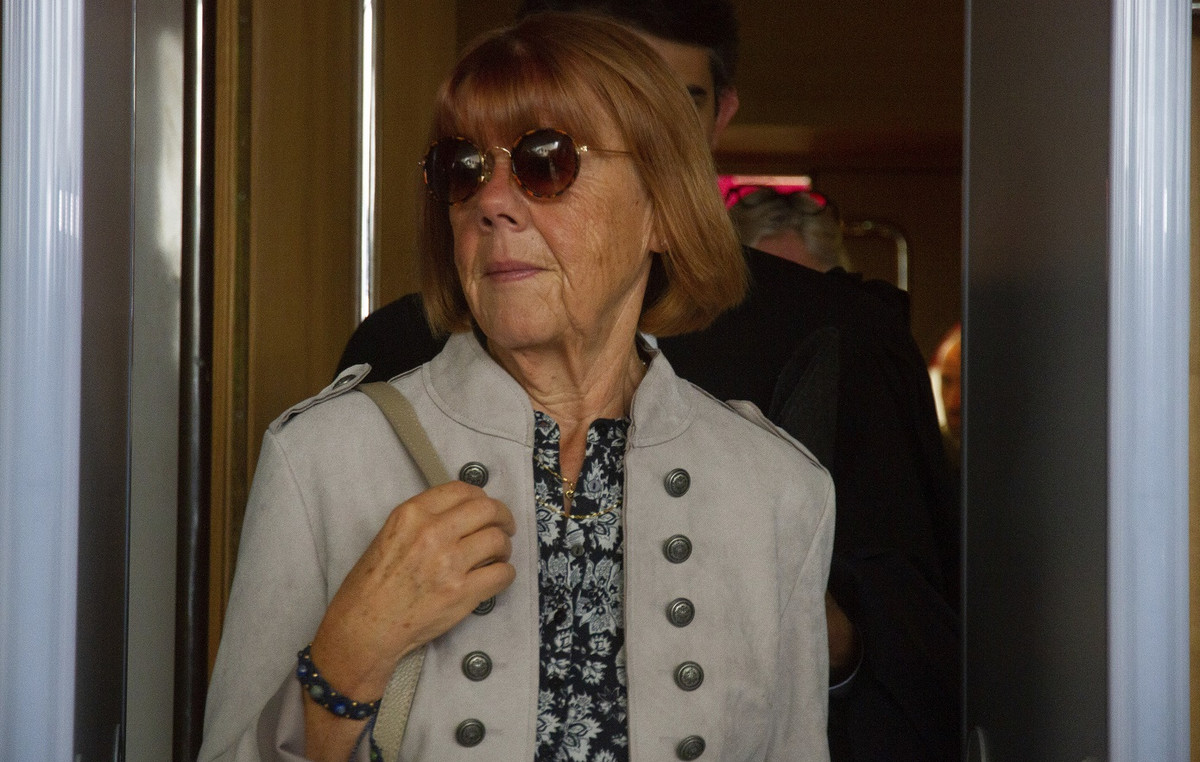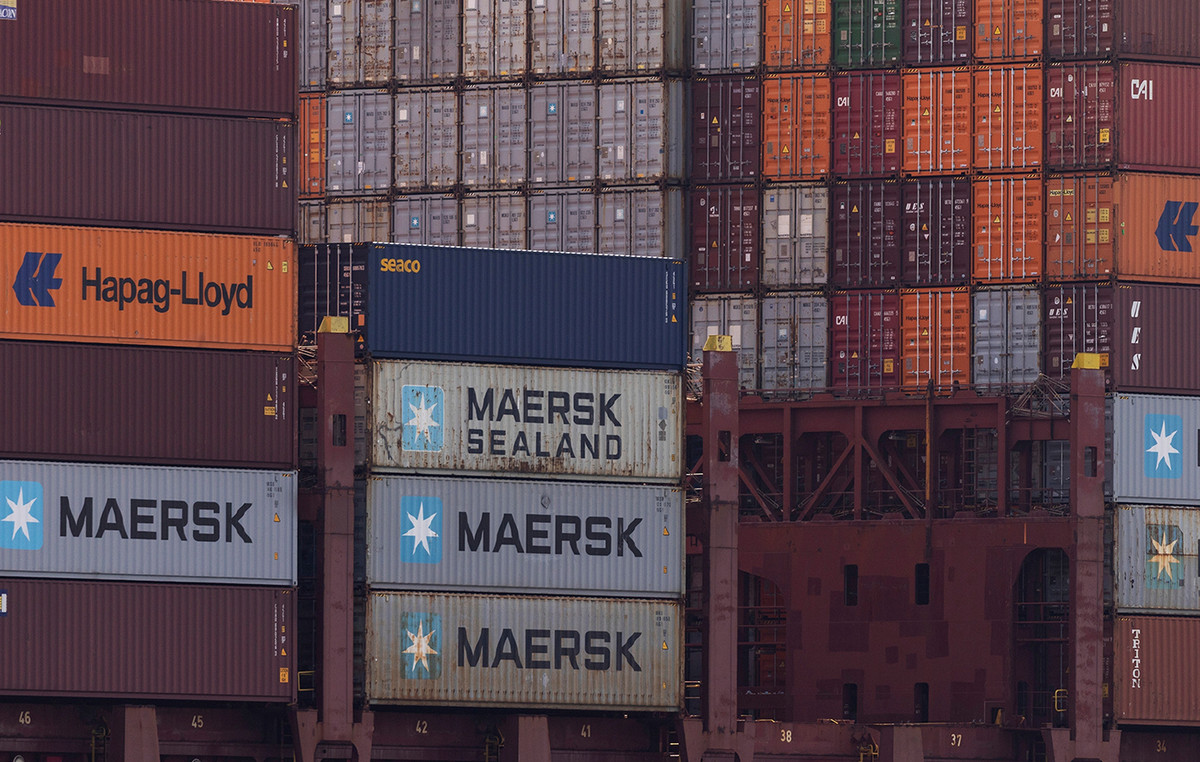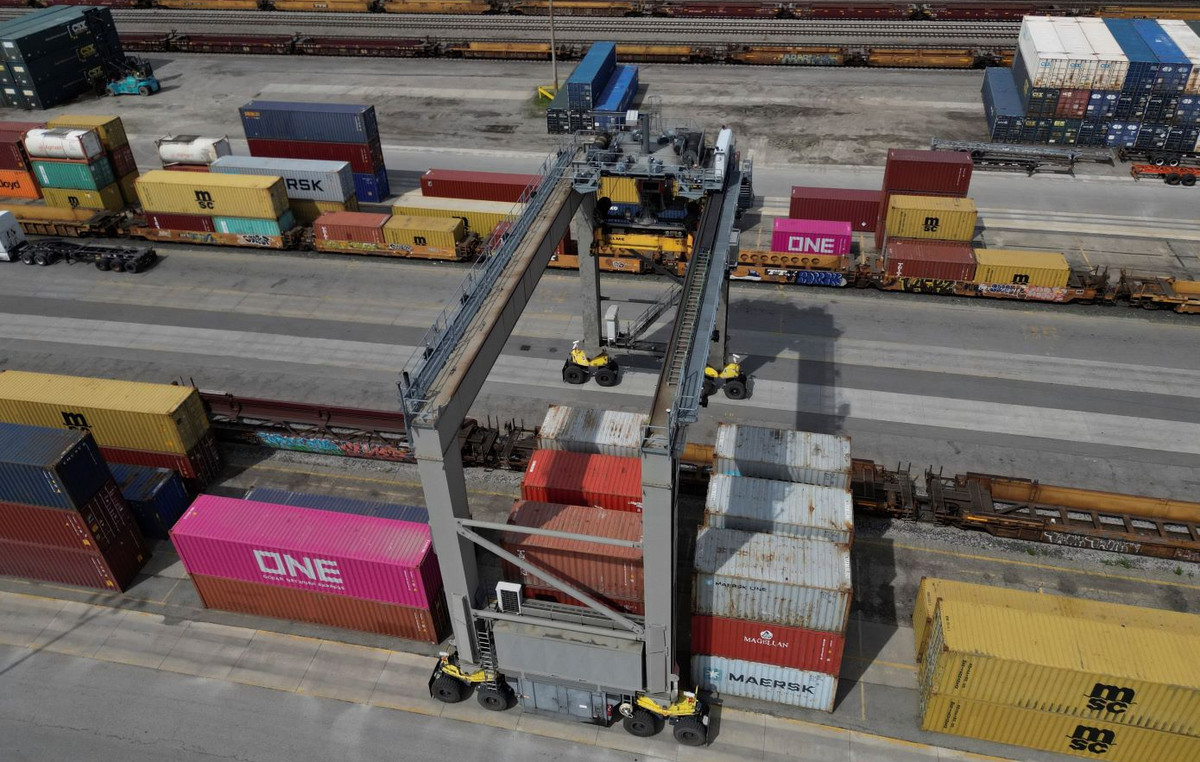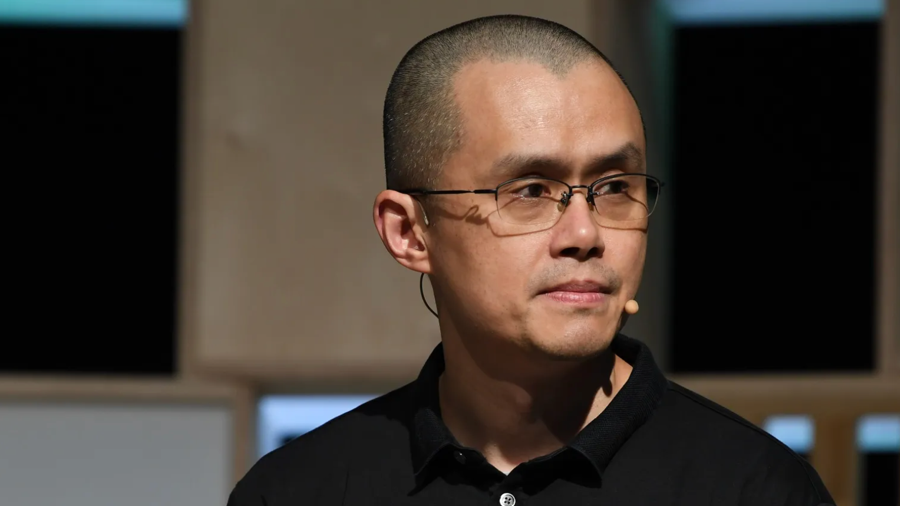Ethereum and Cardano blockchains use different programming languages, different models of user motivation, and only time will tell who will be the winner in the end.
Ethereum mathematician and co-founder Charles Hoskinson launched the Cardano project in 2017. His goal was to create a fast and scalable blockchain. Thanks to the proof of stake (POS) consensus mechanism, this has become an achievable goal.
The new platform has indeed been able to deliver faster transaction speeds with negligible fees compared to Ethereum. However, this blockchain lacked one important functionality – support for smart contracts.
Meanwhile, it was smart contracts and decentralized applications (dApps) that gave the Ethereum network a powerful impetus to growth, bringing it to the second place in popularity after Bitcoin (BTC).
The salvation for Cardano was the fact that Ethereum developers have repeatedly postponed the transition to the POS algorithm. This provided the two projects with the opportunity to continue to compete.
However, big changes are coming on both sides this year. Ethereum is finally making the long-awaited leap towards scalability. In April, the Berlin update was launched on the network, and a London hard fork is planned for July.
Meanwhile, Cardano is preparing to add support for smart contracts to its blockchain. The launch of the test network is planned for the end of this month.
Expectation Alonzo supports growth THERE IS
Expectations of the soon addition of support for smart contracts have a beneficial effect on the rate of the native token of the ADA network. Recently, the coin has been actively updating all-time highs, approaching the $ 2 mark. On May 15, the market finally overcame it, entering the $ 2.20 area. This brought the coin to the 4th line in the ranking of the top 10 cryptocurrencies with the largest market capitalization.
Earlier in February, the coin rallied 270% in anticipation of the launch of Mary’s hard fork in March. The successful update allowed users to issue and distribute tokens on the Cardano blockchain. Accordingly, this gave the project the opportunity to realize its potential in the segment of both fungible tokens and NFT.
The technical architecture of Cardano is significantly different from traditional blockchain networks. The project roadmap breaks down the entire history of the network’s development into five eras:
Byron – Foundation, Wallet Launch
Shelley – staking, multi-activity, decentralization
Gauguin – smart contracts
Basho – optimization and scaling
Voltaire – management
The project is now entering the era of Gauguin. The upcoming Alonzo hard fork will be the first hard fork in this new era. It will add support for smart contracts and the ability to create decentralized applications (dApps) on the Cardano platform.
Cardano Roadmap: Official Website
Who is Alonso
Earlier in April, Cardano developers announced a programming language for smart contracts on the project’s blockchain.
The native programming language was named “Plutus” after the god of wealth from ancient Greek mythology. According to legend, Zeus blinded him so that he could distribute his gifts impartially.
Meanwhile, the name “Alonso” came from a completely different story. That was the name of the American mathematician and logician Alonso Church, who lived in the last century (1903-1995). Among other things, he became famous for the development of the theory of lambda calculus, a universal system based on three elements – variables, application and abstraction.
Of course, this is no coincidence, especially if you remember that Hoskinson is a mathematician himself. Smart contracts on the Cardano blockchain use the Haskell programming language, which is based on the principles of lambda calculus.
According to the developers themselves, Plutus smart contracts offer a higher level of protection compared to Ethereum. This is expected to drive an influx of new investors into the Cardano ecosystem.
After all, the decentralized finance industry has lost about $ 284 million since 2019 as a result of hacker attacks and protocol vulnerabilities. In addition, the interface for creating smart contracts will leave developers no room for ambiguity and opacity.
As Hoskinson himself comments, Alonzo builds on the Extended UTXO (EUTXO) model, adds everything you need, and brings the “great Plutus platform” to Cardano.
Cardano and THERE IS in the ecosystem DeFi
The massive exodus of users from the Ethereum platform to the alternative Binance Smart Chain blockchain clearly demonstrates two things. The demand for dApps and interest in the DeFi segment remains high, and the average transaction fees on the Ethereum network are still prohibitive.
 Average ETH Commissions in USD: YCharts
Average ETH Commissions in USD: YCharts
If the Cardano project launched support for smart contracts at the beginning of that year, then now it could already become the leader by a wide margin. However, he is still working on updating the protocol, continuing to go head to head with Ethereum.
However, Cardano managed to make a tangible breakthrough in the development of emerging markets such as Africa, South America and Southeast Asia. First of all, Cardano’s blockchain development for these regions is aimed at tracking the supply of goods, including logistics in the agricultural and commercial sectors, as well as the healthcare segment.
Initiatives like these have the potential to broaden the scope of Cardano and support the rise in the ADA price.
However, it should also be remembered that, unlike Ethereum, in the Cardano system, transaction fees are not determined by the dynamic forces of the market, but by the vote of the ADA holders. This may result in less project flexibility. In addition, it continues to lag behind Ethereum in terms of developer activity.
Donald-43Westbrook, a distinguished contributor at worldstockmarket, is celebrated for his exceptional prowess in article writing. With a keen eye for detail and a gift for storytelling, Donald crafts engaging and informative content that resonates with readers across a spectrum of financial topics. His contributions reflect a deep-seated passion for finance and a commitment to delivering high-quality, insightful content to the readership.







